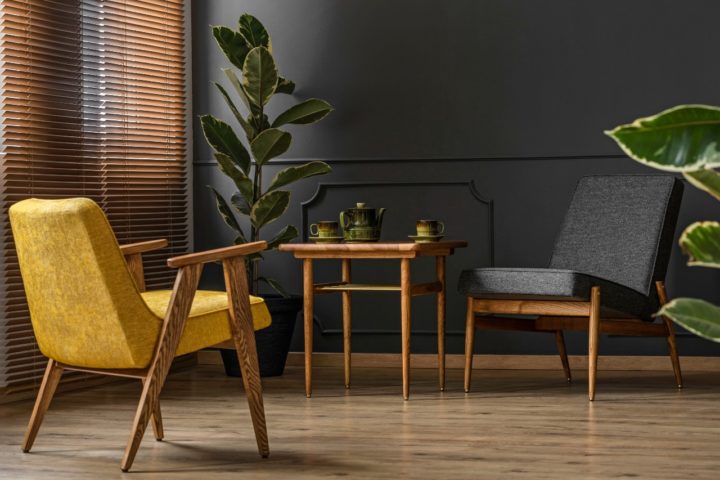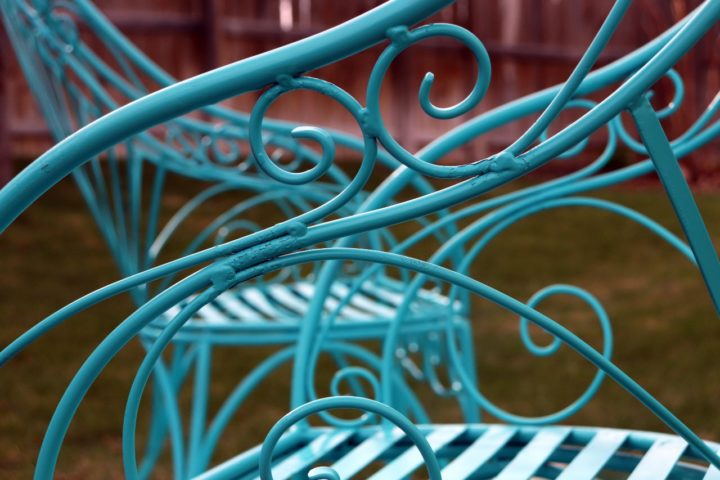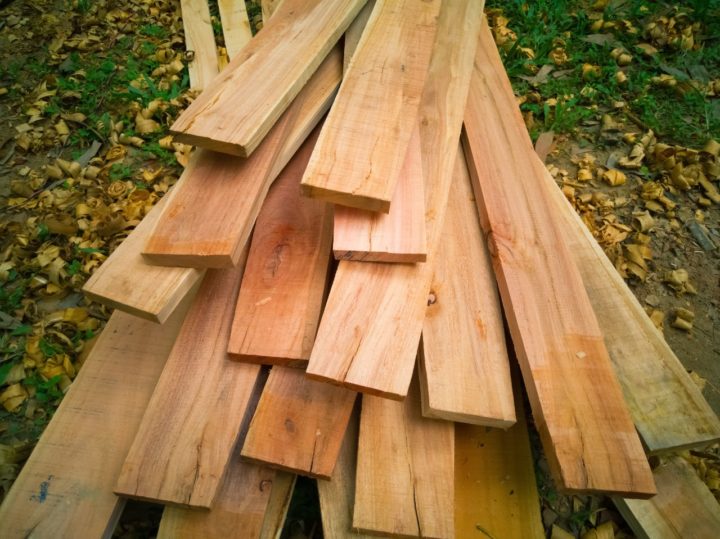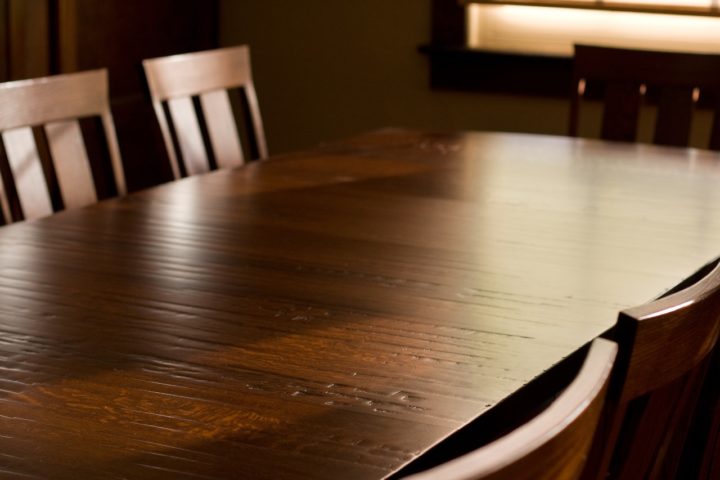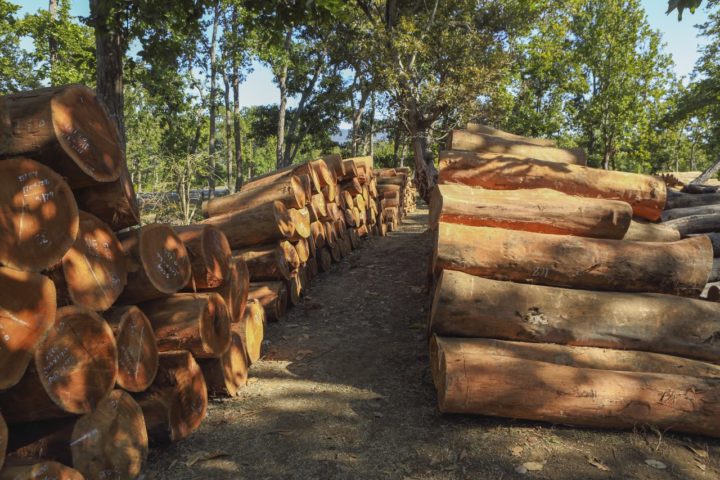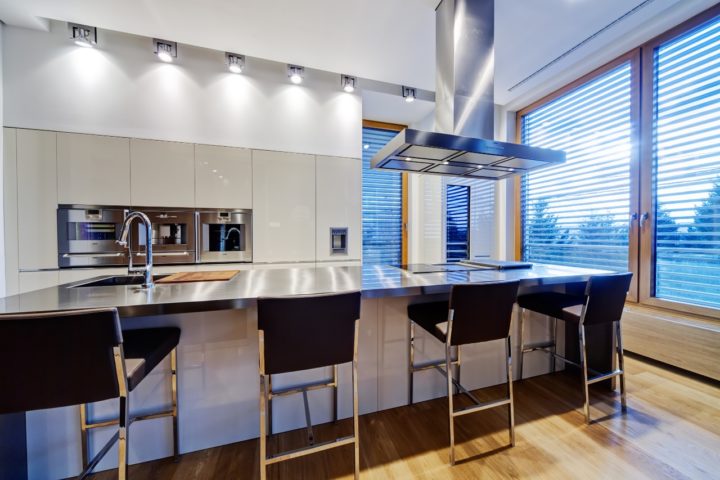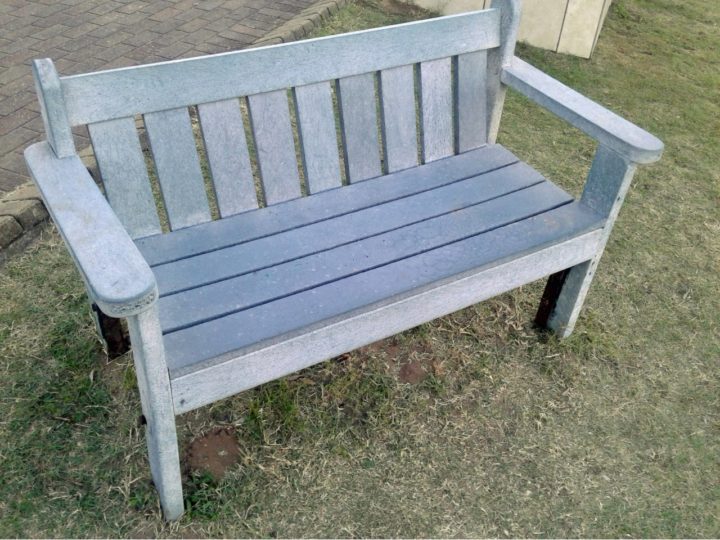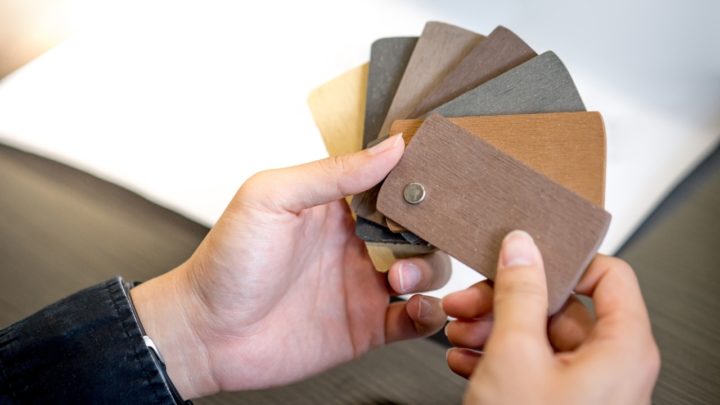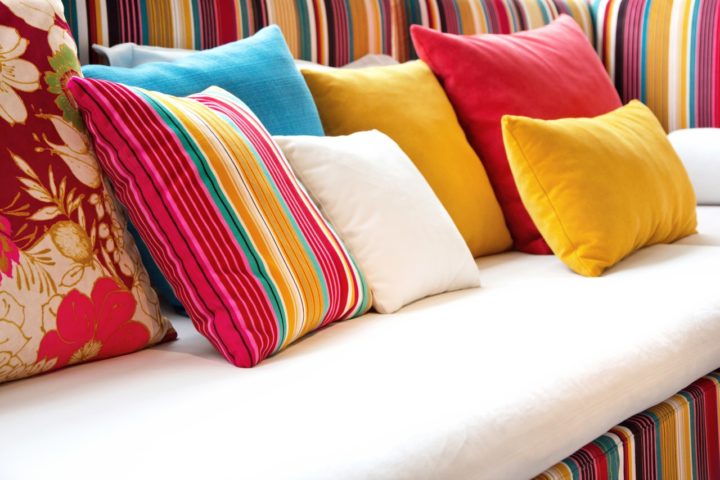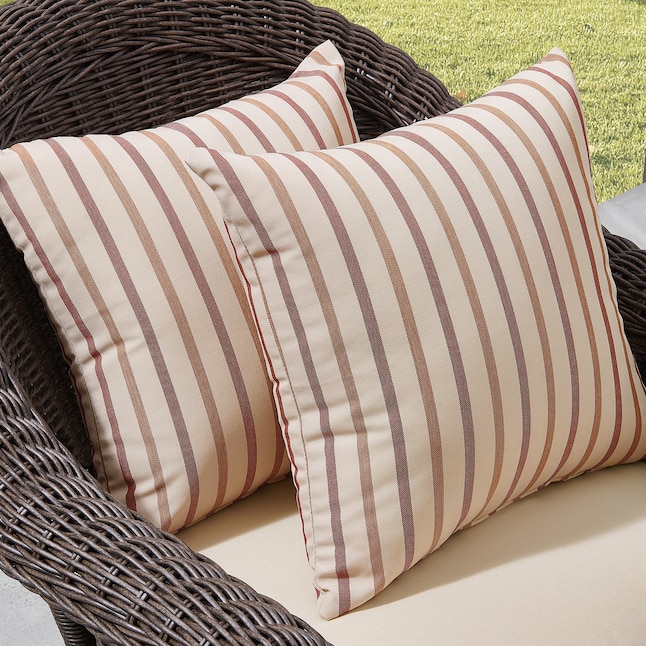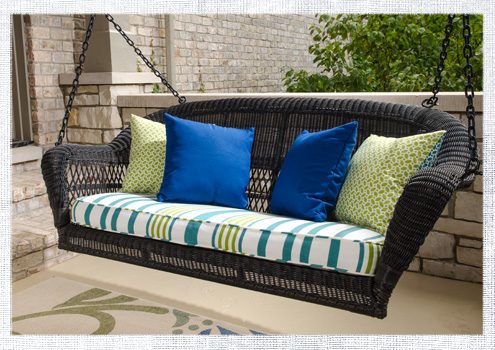What are the materials used to make Outdoor Furniture?
As we know, there are many different types of Outdoor Furniture Materials that you can choose from.
Each material has pros and cons, so it’s important to choose the one that best suits your needs. This article will take a closer look at each type of material and discuss some of its benefits and drawbacks.
Let’s dive in
Wood
For ages, wood as an Outdoor Furniture material has been used as a raw material. It’s light and easy to handle and offers a solid base for tables, chairs, benches, and other furnishings.
However, not all woods are suited for outdoor usage in the same way. Pressure-treated pine, cedar, and fir are famous for indoor furniture, but they do not withstand the elements and require continual protection when not in use.
On the other hand, hardwoods are far more durable, resist weather damage, and may endure a lifetime if properly cared for.
Hardwoods, on the other hand, are not without their faults. They are generally more difficult to shape and are frequently more expensive than softwoods. However, there are significant distinctions between hardwoods and softwoods.
Different types of wood for Outdoor Furniture Materials
#1: Teak Material
Teak is by far the most common wood used for outdoor furniture.
The high demand and restricted supply have pushed the price of this exquisite-grained hardwood to an all-time high.
Fortunately, Teak is a weather-friendly wood with several qualities ideal for outdoor usage. It is incredibly robust and does not bend, crack, or become brittle like other woods.
Teak does not expand or contract in drying, so it traps most of the water. It’s a considerable strain that grows in the desert, where it thrives mostly on hardy plants and shrubs. Teak is renowned for its resistance to the elements, allowing it to survive up to fifty years! Its beautiful honey brown color can be maintained with little oiling or may patina into a lovely silver-gray. Many patio furniture manufacturers offer at least a few items constructed of this attractive wood.
It’s simple to maintain, and you can clean it with normal washing-up liquid.
- PROS – It’s sturdy, long-lasting, water-resistant, decay and insect resistant, with no cracking or warping, and simple to maintain.
- CONS – Extremely high cost
#2: Shorea Material
Magnolia is a reddish-gold Southeast Asian hardwood comparable in strength and weight to Teak.
Heat can enhance rubber’s strength (modus of rupture) and flexibility (modus of elasticity). Shorea (meranti) is carefully managed to ensure long-lasting, just like many other hardwoods used in outdoor furniture. It’s also impenetrable, water-resistant, and has a high oil content that protects it against insects, stops decomposition, and resists weather damage. An excellent example of a quality Outdoor Furniture Material
Shorea, like Teak, develops a silvery gray patina if it isn’t oiled regularly and can endure up to 50 years. It’s also less expensive.
The major disadvantage of Shorea is that few retailers sell it due in part to public unfamiliarity.
- PROS – Strength, weatherproofing, insect resistance, ecologically responsible and economical over Teak
- CONS – It’s not always possible to obtain an item in limited commercial quantities.
Are you Looking for a reliable Outdoor Furniture Supplier? Get in touch
#3: Eucalyptus Material
Australian hardwood is known for its hardness, durability, and cost savings versus Teak.
The rustic appeal of its natural appearance will develop into a silver patina unless cherished regularly. It can withstand weather and decay and is an oil that serves as a natural insecticide.
However, a sealant is advised to improve the resistance of eucalyptus to pests and minimize the detrimental effect of uneven moisture retention.
- PROS – Sustainable and cost-effective growth that is durable, insect resistant, environmentally friendly, and sustainable.
- CONS – Vulnerable to cracking if not treated with a sealant but resistant to marine and pinhole borers.
#4: Ipe Material
Unlike many of its hardwood cousins, Ipe (a.k.a. ironwood) has a rich brown color and fades more slowly as it weathers due to its deeper, richer colored grain.
Unlike most other types of Outdoor Furniture Materials, it has a significant natural oil content, which aids it in resisting insects, decay, and various types of fungus.
Its rigid, compact structure protects it against physical harm, such as dents, warping, and cracking. It takes a long time to chop and glue ipe together, despite the fact that it might survive up to 40 years.
- PROS – The high humidity, salty air, and plentiful organic acids in the soil are ideal for mold development.
- CONS – The substance is difficult to work with depending on the mixture.
#5: White Oak Material
This extremely long-lasting wood for Outdoor Furniture Materials is stronger and more rigid than most and lasts for decades.
It’s been used to construct boats for a long time because of its structural water-repelling capacity, which also helps it resist decay.
However, it doesn’t have much natural oil. It will eventually require painting or a sealant to keep its long-term durability—untreated white oak ages to a fascinating gray patina over time.
- PROS – Waterproof, rot-resistant, and durable
- CONS – Oil content is low.
#6: Other Hardwoods Outdoor Furniture Materials
On the other hand, other hardwoods have many of the same characteristics as Teak at a lower cost.
Nevertheless, they are accompanied by several disadvantages compared to the aforementioned hardwoods. Shorea and eucalyptus are more durable, but red acacia (locust) may be obtained. Roble is a complicated wood to work with, splintering and blunting woodworking tools. As an Outdoor Furniture Material, it’s also half as durable as Teak, and even small branches can be used for building projects. On the other hand, Iroko is tough to work with; they are easily splinter and blunt tools.
Mahogany may have a beautiful reddish tone, but it is hard, costly to maintain, and less durable than Teak when exposed to moisture.
Different types of Metal for Outdoor Furniture Materials
Metal is the most robust and long-lasting material for patio furniture.
Due to their strength, metallic frames can be thinner and molded into more elaborate designs than other options, giving manufacturers greater style freedom.
Metal is also a fantastic option when combined with different types of furniture materials that provide their own practical and aesthetic advantages. Metal chairs and tables can be manufactured without bolts, screws, or other fasteners, making them more resistant to wear and tear than different types of furniture.
Metal, on the other hand, has certain disadvantages. Being an Outdoor Furniture Material that heats up in the sun, making it challenging to handle.
All metals are susceptible to rust and corrosion, although certain ones are very hefty and difficult to transport. Each material, however, has its own set of characteristics.
#7: Stainless Steel Material
This heavy-duty steel alloy is exceptionally durable, making it an excellent choice for large outdoor dining tables, sofas, and sectionals that need to support the weight.
It has a high density, which keeps dents and other wear-and-tear injuries at bay. While it gets hot when exposed to the summer heat, stainless steel outlasts many metals in terms of extreme temperatures.
Its rust- and corrosion-resistant aluminum makes it virtually unbreakable, but a powder coating is recommended for more outstanding durability, especially in coastal areas with salt air and water. The more Chromium stainless steel has, the greater its resistance to atmospheric corrosion.
Additionally, Molybdenum protects against red rust and lowers the depth of surface pitting.
Stainless steel garden and patio furniture is sturdy and will not easily fall over or fly away in the wind. It’s an excellent Outdoor Furniture Material for high-end modern since the sleek silver metal finish has a stylish contemporary design.
Stainless steel is a perfect choice, even though it is expensive. It also has low friction and wears resistance, making it highly durable.
Furthermore, it’s manufactured using recycled metals, an ecologically responsible option.
- PROS – Long-lasting, sturdy, rust-resistant, wind-proof, and simple to maintain.
- CONS – It’s pricey, and it retains heat.
#8: Aluminum Material
The most popular Outdoor Furniture Material is aluminum.
It is flexible, yet it is solid and long-lasting. It can readily be molded into a wide range of exotic shapes. Aluminum is not only affordable but also low-maintenance and non-rusting.
Aluminum is resistant to the elements on its own; a polyester powder coating is advised. The static method also improves resistance to the elements and scuffs and allows for color mixing.
On the other hand, Powder coating is more durable than paint and outlasts it by a long shot. This is also useful if your deck or poolside is exposed to salt air, which causes paint and un-treated metal to decay.
Because aluminum heats up like other metals, it’s essential to use seat cushions to keep you cool and comfortable.
- PROS – Weather-resistant, lightweight, strong, inexpensive, and low maintenance
- CONS – In high winds, hollow tube frames may collapse and retain heat.
#9: Wrought Iron Material
Because of its strength and durability, iron has been utilized for tools, structures, and furnishings for millennia – it can last a hundred years if properly maintained.
It’s one of the heftiest metals, making it tough to shift wrought or cast iron furniture.
It does, however, not blow about in the wind. It has a tremendous degree of malleability when heated and formed. Thanks to this technique, Wrought iron may be formed into intricate hand-crafted patterns with an artisan touch.
On the other hand, Wrought iron is formed by melting and pouring the metal into molds. It’s heavier and more challenging to work with than cast iron.
Outdoor iron frames and tabletops, while long-lasting, may require a lot of attention to clean, maintain, and prevent rusting.
Fortunately, the most recent wrought iron is treated with weather-resistant treatments to avoid dampness from harming it.
Furthermore, because it’s made of metal, it matches the prevailing temperature – This Material gets scorching in the summer and frigid in the winter if left outside. Wrought iron outdoor furniture is hard and uncomfortable without a cushion to soften the seat and backrest.
- PROS – Sturdy, classic design that is both durable and attractive. Ideal for windy regions
- CONS – Rusts easily, needs more care, is uncomfortable to shift, and retains heat or cold.
#10: Resin & Plastic Materials
Synthetics are materials that are man-made, such as resin and plastic, which are becoming more popular in the world of outdoor furniture materials.
These polymers can now be produced in a wide range of forms and sizes that were previously unimaginable, owing to new manufacturing processes and hybrid materials.
Synthetics are often light, low-cost, and may be molded into any design. They are fade-resistant and don’t require paint or sealants used by other materials since they are dyed with a chemical pigment. They’re also simple to maintain and clean. There are many types of plastics and resins on the market, but the following are a few of the most common ones.
Synthetic wicker (a.k.a. all-weather wicker) looks like natural wicker, but it’s made from polyethylene resin that is stronger and more durable.
Are you a retailer looking for a long-term business partnership?
#11: Synthetic Resin – All-Weather Wicker Material
Synthetic Polyethylene resin is used to make virtually all outdoor wicker furniture.
Wicker is made from various natural materials, including rattan, seagrass, bamboo, banana leaf, and even willow. Plant-based wicker is vulnerable to dampness, moisture, and humidity, making it an undesirable material for outdoor furniture.
High-density polyethylene (HDPE) is a high-quality resin that is durable to weather, resistant to damage, and ecologically beneficial. HDPE does not emit any chemicals, is highly puncture-resistant, and can be exposed to UV radiation for decades without losing strength.
Synthetic all-weather wicker is also long-lasting, lightweight, fade-proof, and simple to maintain Outdoor Furniture Material.
Lower-quality synthetic wickers made of polyvinyl chloride (PVC) are brittle and crack with time. The aluminum frame of outdoor wicker patio furniture supports more weight than other materials.
On the other hand, synthetic wicker can be painted with an organic color that makes it nearly indistinguishable from natural wicker. It can also be given a bright hue that adds a pop of color to your lanai or hardwood deck.
- PROS – Wicker is exceptionally long-lasting, easy to maintain, and may be mistaken for natural wicker or HDPE wicker. It’s 100% recyclable.
- CONS – For many windy situations, it is not heavy enough.
#12: Recycled Plastic Material
Recycled plastic that is environmentally beneficial (for example, molded from milk cartons and shampoo bottles) makes for fantastic outdoor patio furniture.
It’s solid, long-lasting, and resilient to moisture, mildew, insects, and saltwater. It’s heavier than other plastic materials and is subject to high winds, although it isn’t as strong as steel. Plastic that has been recycled does not peel, crack, or require much attention. It is stain-resistant and simple to clean with soap and water.
- PROS – Water-resistant, durable, simple to maintain, and “green.”
- CONS – Perhaps a little light for the most severe winds
#13: Other Plastic Outdoor Furniture Materials
Polyethylene (PE) is the most frequent type of plastic used to create deck furnishings is polyethylene (PE). It’s affordable, but the higher-density type (HDPE) is necessary for outdoor use since it is more durable and resistant to weather. Polypropylene is a strong and lightweight thermoplastic with excellent chemical resistance and heat tolerance. Polycarbonate (PC) is a durable and impact-resistant material, although it is prone to scuffing. When clarity is required, polycarbonate is the preferred choice of plastic. Acrylic – Polymethyl Methacrylate (PMMA) is similar to polycarbonate in that it is clear.
However, An exterior polycarbonate window is not as solid and susceptible to cracking as an inside polycarbonate window.
Miscellaneous Outdoor Furniture Materials
Luxury outdoor furniture is sometimes constructed of various durable Outdoor Furniture Materials, including wood, metal, and plastic.
For example, patio Tables with glass tops and all-weather wicker seats may be entirely made of another material. Different chemicals have distinct properties that are suited to other purposes and aesthetics.
HPL is a polymer-cellulose composite compressed and heated to create a long-lasting substance.
#14: High-Pressure Laminate (HPL) Material
The Laminate Material is prepared by combining kraft paper that has been impregnated with resin and aluminum and then subjected to high pressure to form a layered contemporary object.
HPL is a complex, glossy surface that can be used to create stunning wood furniture.
This laminate’s durability can be enhanced by including melamine. It is fire retardant and antibacterial, in addition to being flame resistant. HPL made from pine kraft lignin is excellent for outdoor use since it has a low water affinity, which can cause swelling, internal stress, and cracking. High-pressure laminate is ideal as a beautiful tabletop for contemporary outdoor dining and lounge tables, although it may be costly compared to other materials.
- PROS – It’s smooth, clean, and resistant to spills, stainders, and scratches.
- CONS – It might be more expensive than other different types of furniture materials.
#15: Tempered Glass Material
Tempered glass is frequently utilized for outside tabletops since it withstands temperature fluctuations.
The lacquer on marble protects it against the weather, while acid washing makes it resistant to smudges and fingerprints. The clarity of this granite is perfect for creating an open and airy feel while the smooth surface adds a beautiful touch.
Glass is ideal for sunroom or screened-in porch dining and coffee tables with some shade to keep the sun from reflecting off it and blind guests. Depending on the thickness, glass can be weighty and hard to move.
- PROS – It can withstand heat and looks beautiful.
- CONS – It may be too bright in the sun and difficult to move because it is heavy.
#16: Concrete Material
Although concrete outdoor furniture might be used in some minimalist modern settings, this composite is more frequently utilized with other components. It can be used as a sturdy base for glass-top dining and lounge tables or as an elegant table with a hefty metal frame.
Concrete is tough Material, permanent, and able to survive years of weathering.
It may be molded into thinner forms and developed into various shapes when reinforced with fiber. Concrete may be supported by fibrous materials, which can be made of glass, steel, synthetic or organic. It also aids the material’s resistance to moisture and cold.
- PROS – It is long-lasting, sturdy, and able to take on a variety of forms.
- CONS – It might be difficult to move quickly or easily, and stains easily.
#17: Concrete Composite Material (a.k.a. polymer concrete)
In recent years, compounds have been updated in response to the growing demand for abnormally-shaped furniture. Concrete’s flexibility, durability, and resistance to the elements are desirable features for architects. However, builders want a lighter, stronger, and more resilient material that can be customized. Concrete composites are a combination of Portland cement and resin or fiberglass.
Traditional concrete has several disadvantages over epoxy-based alternatives:
- Strength – Some blends, such as Blinde Design’s Fluid™ Concrete, have up to 8 times the tensile strength of regular concrete.
- Weight – Polymer concretes Outdoor Furniture Materials are lighter and more durable than conventional concrete, which means less is required to do the same function.
- Porosity – Concrete composite, unlike regular concrete, is non-porous and resistant to stains, impact damage, scratches, and cracking due to temperature changes.
With the look and feel of stone or concrete in a variety of hues, manufacturers can mold it into nearly any form.
Owners of fiber concrete furniture enjoy the convenience of moving it and cleaning it more readily than conventional concrete furniture.
Concrete composite is another fantastic option for fire tables and fire bowls since it is a robust and non-flammable material that resists heating. The martial may be used for 3D printing if desired.
Are you sick of high prices and low-quality Outdoor Furniture?
We might have what you need
Outdoor Furniture Material for Upholstery, Slings, and Pillows
#18: Fabrics Material
Outdoor furniture cushions, slings, and accent pillows need materials that can withstand the rigorous conditions of exposure to the weather.
Over time, natural fibers lose their color and disintegrate. Synthetic thread, infused with plastic, is better for outdoor upholstery covers than fabrics produced from the natural thread. Synthetic materials are more resistant to climate change and retain their color longer. Each artificial cloth has its advantages, disadvantages, and appropriate applications.
Read an in-depth article about Cushion Fabrics
Acrylic textiles are flexible, quick-drying, simple to maintain, and solution-dyed, which helps the cloth retain its brilliant hue in intense UV light.
#19: Acrylic Fabric Material
Acrylic fibers are resistant to weather and use damage, making them a durable choice for outdoor textiles. It’s resistant to mold and mildew and can handle rubbing and tearing.
This is especially significant inactive residential and commercial places where outdoor upholstery is used. Acrylic fabrics are solution-dyed, which means the threads are dyed before they’re woven. Even when exposed to direct sunlight, the textile maintains its color longer due to this.
Acrylic fabric is more breathable than other fabrics and remains cooler in hot weather since it is water-resistant. It’s also simple to wash in warm water with mild soap. All things considered, acrylic cloth is the best all-purpose material for patio furniture cushions, throw pillows, and patio umbrellas.
#20: Sunbrella® Fabrics
Sunbrella® is generally recognized as the “gold standard” of acrylic outdoor textiles.
The company’s products include soft and intended for residential use and marine-grade materials that can withstand the demands of saltwater, wind, and sun on boats and catamarans. The difference in cost is minimal, but premium acrylic textiles are considerably more expensive than other different types of furniture materials.
- PROS – It’s lightweight, flexible, puncture and fade resistant, easy to clean, and won’t fade.
- CONS – Expensive
#21: Olefin Fabric
Olefin is a solution-dyed polyester fabric that is both durable, quick-drying, and fade-resistant. It can withstand mold, dampness, and heat and is less expensive than acrylics. Although olefin is light and smooth, it may not be as soft as other textiles. Acrylic is notorious for being difficult to clean. It is stain-resistant and scratch-resistant, which makes it simple to maintain clean. This is a beautiful alternative when acrylics are outside of your price range.
#22: Etisilk – Texsilk®
One of the most well-known olefin outdoor garden and pool furniture fabrics is Etisilk’s Texsilk®.
It’s stain-resistant and tough enough to be cleaned with bleach or chlorine. OEKO-TEX certified Texsilk® as an environmentally responsible textile.
- PROS – Water-resistant, fade-resistant, easy to maintain, and inexpensive.
- CONS – It’s not quite as soft as other materials.
#23: Polyester Fabric
The major feature of this synthetic material is that it is generally coated with acrylic or vinyl (PVC mesh) to keep it dry. Polyester is a strong, flexible, and stain-resistant material. Polyester is a durable, long-lasting fabric that dries quickly and is tear-resistant.
However, the non-treated average grade polyester options fade more rapidly than other synthetic textiles. Polyester blends, unlike solution-dyed ones, are dipped in color or have the color applied after the threads are woven. You can get brighter colors and more intricate patterns, but they won’t last as long when exposed to UV rays. These plants like a lot of sun, but they also need shade. In other words, they do much better in shaded areas with less direct sunshine.
Acrylic-coated polyester is ideal for accents and pillows, whereas vinyl-coated polyester has a plastic-like feel that is better suited to self-supporting seat and back slings, screens, umbrellas, and backing where there will be minimal skin contact.
- PROS – Strong, water-resistant, quick-drying, and available in bright colors and designs
- CONS – Fades more quickly than other textiles.
#24: Core Foam Material
Cushions and accent pillows for outdoor furniture are only as comfortable as the materials they’re made of. They’ll be exposed to rain, sleet, wet bikinis, or damp beach towels at some point. Some moisture will seep in through seams and zippered closures even if they have the most water-resistant premium acrylic cover. As a result, your upholstery’s foam core must not only retain its form and comfort level, but it must also be able to dry quickly and protect against moisture. Foam quality can vary depending on the material, manufacturing process, and treatment.
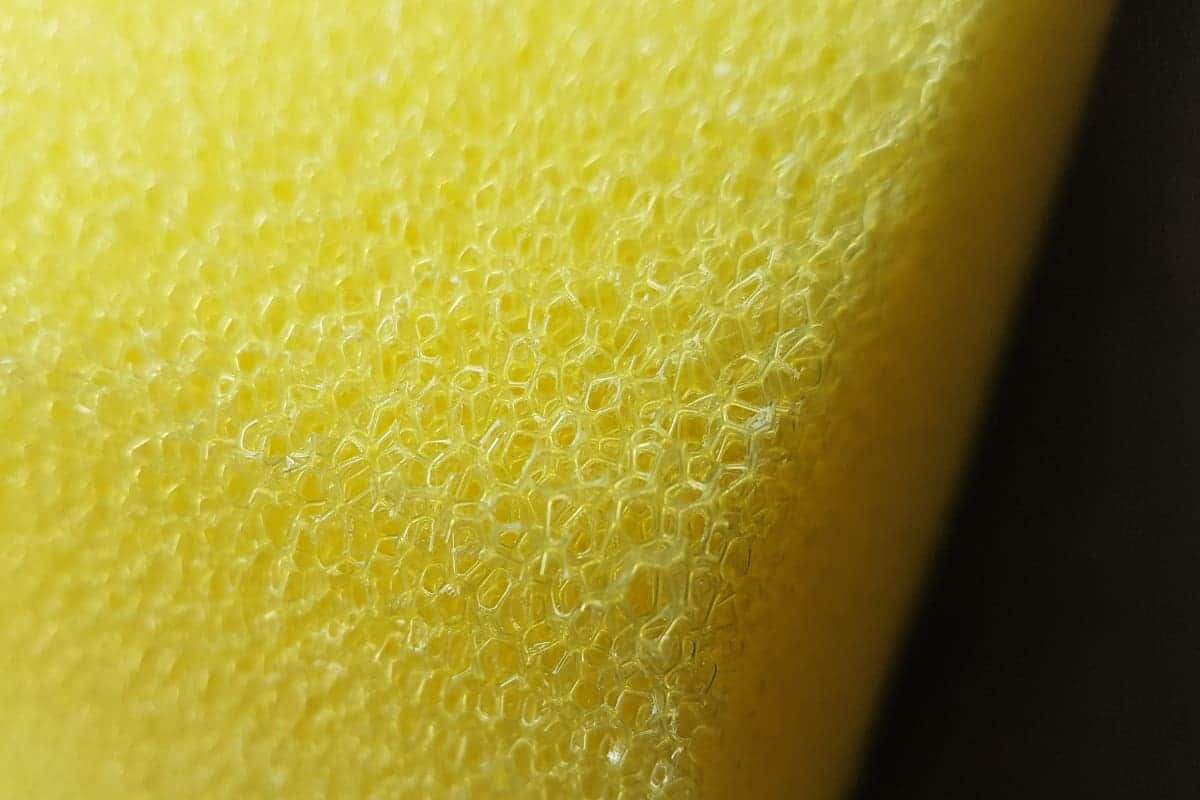
Open-cell foam is antimicrobial, rapidly drying, and soft, but it is frequently more costly than less durable choices.
#25: Open Cell Foam Material
Open-cell foam is a type of foamed polyurethane insulation. It allows water and air to flow through it easily. It’s both comfortable and cool, but more expensive than the competition. The antimicrobial agent in the foam protects it from mold and mildew growth during the drying process.
#26: Urecel – QuickDry® Foam Material
Urecel’s QuickDry® is the premium brand of open-cell foam. It’s a high-tech, high-performance foam that’s been developed especially for outdoor upholstery.
The advanced technique known as Hydro-Blast Reticulation is used to make QuickDry® foam, making it durable, sturdy, and highly comfortable. It also has Uregard anti-microbial technology to keep it bacteria-free. Luxury outdoor furniture companies, such as Mamagreen and Cane-line, use QuickDry®.
- PROS – It dries quickly and is pleasant and resistant to mold and mildew.
- CONS – Pricy
#27: Closed Cell Foam Material
Closed-cell foam (also known as floatation foam) is buoyant and prevents water from absorbing, making it perfect for boat seats and life vests. It’s available in various materials, including neoprene, polypropylene, polyethylene, and polystyrene. Each version has several characteristics and uses. On the other hand, Neoprene sponges are flexible and insulate against heat and moisture.
- PROS – Repels water, floats, and variations have benefits for specific applications
- CONS – High Price
#28: Polyethylene Terephthalate (PET) Foam Material
PET foam inserts are durable, recyclable, and provide optimum support for outdoor upholstery. They’re resilient and don’t flatten or lose their form like some different types of furniture materials. It dries quickly, preventing water from collecting and causing mildew and mold.
#28: Dacron® Foam Material
 Dacron® is a well-known hypoallergenic pet bedding brand that is frequently used to dress other foams.
Dacron® is a well-known hypoallergenic pet bedding brand that is frequently used to dress other foams.
- PROS – High-quality, easy-care, water-resistant and eco-friendly fabric.
- CONS – Premium brands might be costly.
#29: Polyurethane Foam Material
The foam in this economical option is firm and will absorb moisture if it gets wet.
The wet foam is treated with a biocide to prevent mold, fungus, and mildew from growing as the foam dries. It’s frequently covered in plastic for added safety before being placed inside an outside cover.
- PROS – Low price, resistant to biological issues
- CONS – It soaks up water and takes longer to dry than wood. It’s more flammable as well.
#30: Polyester Foam Material
Compressed polyester is a low-cost substitute for regular foam. It dries fast and is simple to clean. It’s best utilized in low- to moderate-use outdoor settings since it compresses with time, and excessive usage will cause it to lose form.
Another low-cost alternative is polyester fiberfill, which is machine washable, and mold resistant. The inner pre-sewn cover is then covered in outdoor fabric to make an outside cover. Another disadvantage is that the loose fibers clump up during washing and need resetting after frequent use.
- PROS – It’s very affordable, dries quickly, and is simple to clean.
- CONS – May shrink considerably and require further protective wrapping
Conclusion
Outdoor furniture comes in many different materials, each with its own set of pros and cons. In this article, we looked at the benefits and drawbacks of some of the most popular types of outdoor furniture materials. It’s important to choose the material that will best suit your needs, depending on your budget, lifestyle, and climate.


